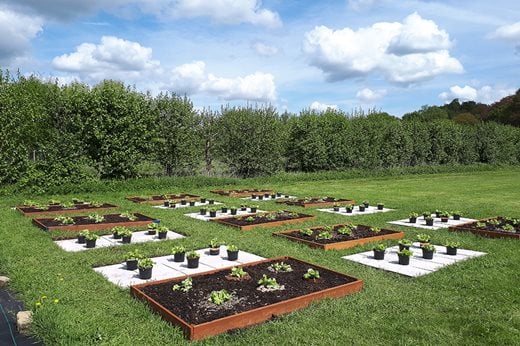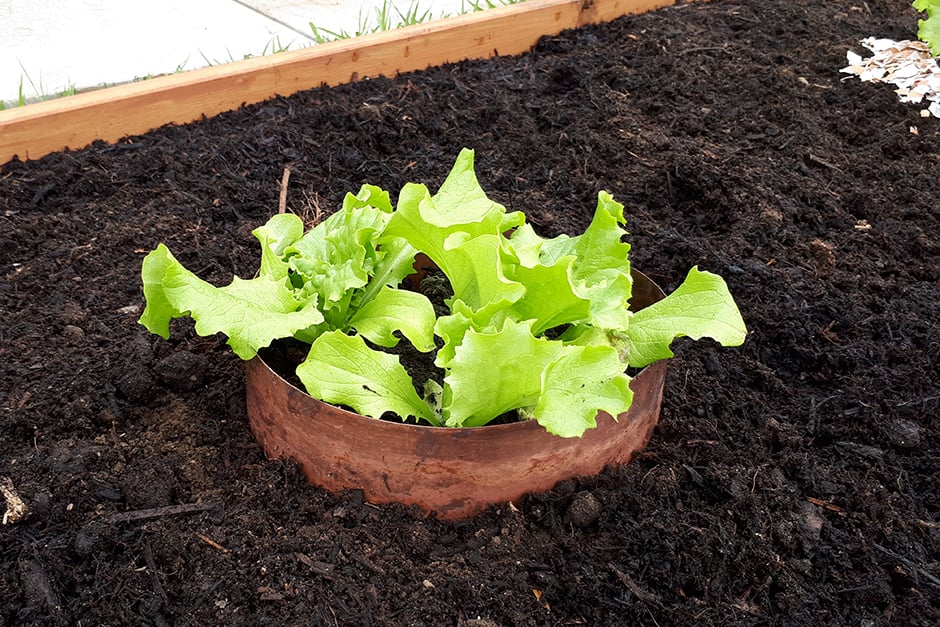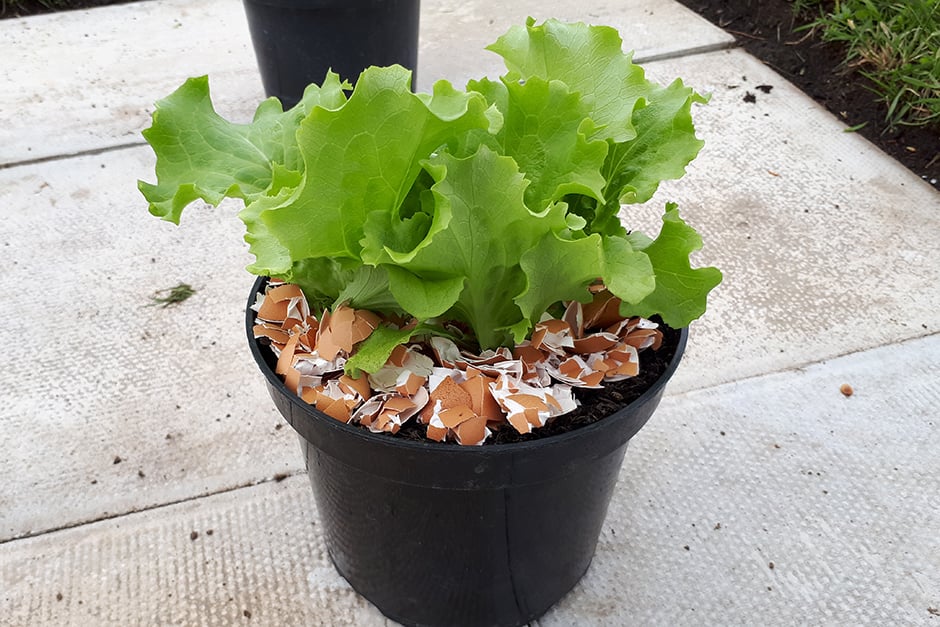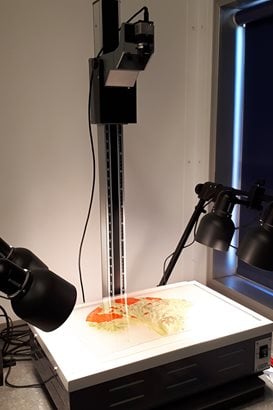Home remedies used by gardeners to deter slugs and snails may not be worth investing in, says Entomologist and Lead Researcher, Hayley Jones
Of the thousands of enquiries received by RHS Gardening Advice every year, deterring slugs and snails is a top concern. To ensure we are giving the best advice on this much-debated topic, we set up a project – Gastropod Barriers – to test whether the most commonly recommended home remedies really work.
How we tested the barriers
Hayley grew 108 lettuces in a series of nine patio pots and nine raised beds and monitored them for six weeks.
 The barriers she used were:
The barriers she used were:
- crushed eggshells
- pine bark mulch
- copper tape
- sharp horticultural grit
- wool pellets
Each barrier was laid in a complete circle around the base of the lettuce and after six weeks of nurturing the crop, and some early anxiety because they weren’t being nibbled to begin with, Hayley found there was no difference in the damage sustained by either the protected lettuces or the ones left to fend for themselves – without barriers – against the pests.


What does it all mean?
While this research hasn’t shed any light on what you can do to obstruct slugs and snails, it has at least shown that these barriers can be unreliable and ineffective.
If you want to protect your plot from slugs and snails, these trialled remedies just won't cut it. You may need to try something different.
What can I do?
- If you’re using any of these five home remedies to deter slugs and snails, consider carefully whether they are making enough difference to be worth the investment.
- Seek out scientifically proven deterrents such as slug pellets or nematode biological controls
- The most humane way to get rid of slugs? Hayley said: “Collect the slugs by hand - the best time to catch them is at night, and either release them at a local wood or pop them in your freezer before binning them
- Encourage their natural predators into your garden by creating a haven for wildlife, such as birds and frogs.
Still looking for help? Check out our advice profiles on
slugs and
snails
How was the damage recorded?
 After tending to the crop for weeks Hayley harvested the lettuces and removed the leaves one by one. She then rated the damage visually and used a leaf area meter for the first time, to record the damage in every square cm of the leaves.
After tending to the crop for weeks Hayley harvested the lettuces and removed the leaves one by one. She then rated the damage visually and used a leaf area meter for the first time, to record the damage in every square cm of the leaves.
"The attention to detail in this study, and the use of the leaf area meter, lets us be more precise and confident in the results."
What’s next for slug and snail research?
As existing lab studies have shown some of the barriers work, and as other experiments by Hayley hinted that copper tape could be effective, she’s not ruling the barriers out completely. She hopes to run the study again on a different slug population and different soil type at RHS Garden, Harlow Carr in 2019.
The RHS also plans to test alternative control methods, such as beer traps, and is currently working with BASF to investigate ways to combine scientifically proven control methods into pest management strategies.
Help us do more research
Scientific research is at the heart of our Society, and you can help support our future research by donating.

